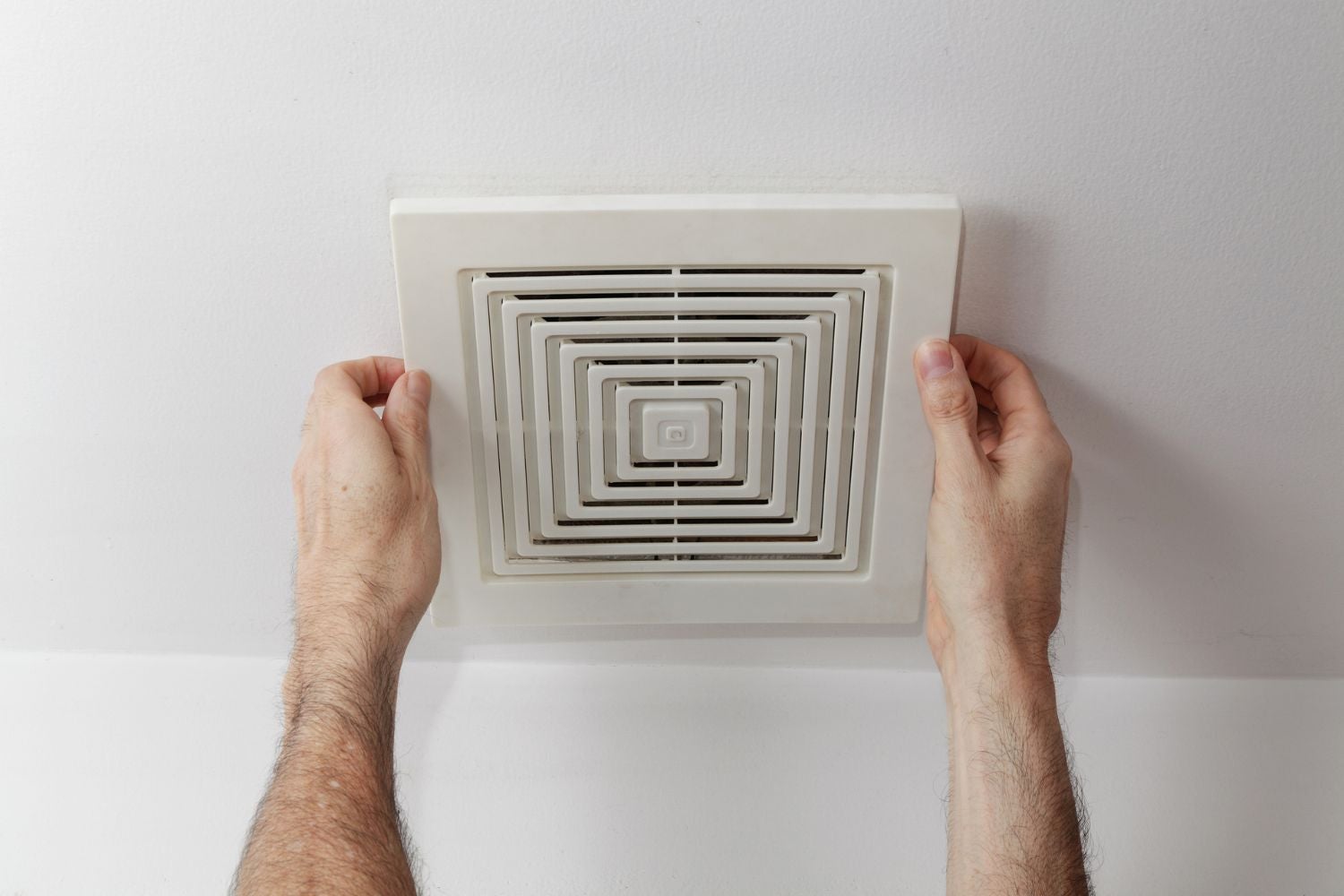

Articles
How Much To Install Bathroom Fan
Modified: February 29, 2024
Looking for articles on how much it costs to install a bathroom fan? Get insights and estimates for bathroom fan installation in this informative guide.
(Many of the links in this article redirect to a specific reviewed product. Your purchase of these products through affiliate links helps to generate commission for Storables.com, at no extra cost. Learn more)
Introduction
Installing a bathroom fan is an essential step in maintaining proper air circulation and preventing issues such as mold, moisture damage, and unpleasant odors. Whether you’1re remodeling your bathroom or simply upgrading an old fan, the cost of installation is an important factor to consider. In this article, we will explore the various factors that can affect the cost of installing a bathroom fan, and provide you with valuable insights to help you make an informed decision.
When it comes to installing a bathroom fan, there are several key factors that can influence the overall cost. These factors include the type of fan you choose, the complexity of the installation, and whether you opt for professional installation or try to tackle it as a DIY project. By understanding these factors and the associated costs, you will be better equipped to budget for your bathroom fan installation.
Please note that the cost estimates provided in this article are just rough averages and can vary depending on various factors such as location, local labor rates, and the specific requirements of your bathroom.
Read more: How Much To Install A Bathroom Vanity
Factors Affecting the Cost of Bathroom Fan Installation
1. Type of Fan: The cost of a bathroom fan can vary depending on the type you choose. Basic exhaust fans can be more affordable, while feature-rich models such as fans with humidity sensors, timers, and lighting options can be more expensive.
2. Ventilation Ductwork: The complexity of the ventilation ductwork installation can impact the overall cost. If your bathroom doesn’t have existing ductwork, it will need to be installed, which can add to the total cost.
3. Electrical Wiring: Proper electrical wiring is crucial for the safe and efficient operation of a bathroom fan. If your bathroom doesn’t have a pre-existing fan, you may need to hire an electrician to install the necessary wiring, which can increase the overall cost.
4. Access and Location: The accessibility of your bathroom and the location where the fan will be installed can also impact the installation cost. If your bathroom is located on a higher floor or requires additional structural modifications, the installation may be more complex and time-consuming, leading to higher costs.
5. Size of the Bathroom: The size of your bathroom can also affect the cost. Larger bathrooms may require more powerful fans or multiple fan units, which can increase the overall installation cost.
Next, we will explore the estimated costs for both professional installation and DIY installation, so you can determine which option is the best fit for your budget.
(Word count: 359)
Key Takeaways:
- Factors such as the type of fan, complexity of installation, and additional costs should be considered when budgeting for a bathroom fan installation. Professional installation offers expertise, while DIY can be cost-effective with proper planning.
- When choosing a bathroom fan, consider factors like CFM rating, noise level, energy efficiency, and additional features. Research and read reviews to select a fan that meets your specific needs and expectations.
Factors Affecting the Cost of Bathroom Fan Installation
When it comes to installing a bathroom fan, several factors can influence the overall cost. Understanding these factors can help you budget for your installation project effectively. Here are some key aspects that can affect the cost of bathroom fan installation:
Type of Fan:
The type of fan you choose will have a significant impact on the cost of installation. Basic exhaust fans are generally more affordable, while advanced models with features like humidity sensors, timers, and lighting options can be more expensive. Consider your specific needs and budget when selecting a fan for your bathroom.
Ventilation Ductwork:
The complexity of the ventilation ductwork installation can influence the overall cost. If your bathroom doesn’t have pre-existing ductwork, you will need to install it to ensure proper ventilation. This additional step will incur extra costs, such as materials and labor, which should be factored into your budget.
Read more: How To Install A Vent Fan In Bathroom
Electrical Wiring:
Proper electrical wiring is crucial for the safe and efficient operation of a bathroom fan. If your bathroom doesn’t have an existing fan, you may need to hire an electrician to install the necessary wiring. The cost of electrical work can vary depending on factors such as the complexity of the wiring and the location of your bathroom.
Access and Location:
The accessibility of your bathroom and the installation location can influence the overall cost. If your bathroom is located on a higher floor or requires additional structural modifications, the installation process may be more complex and time-consuming, leading to higher costs. Consider the logistics and potential challenges of the installation when estimating the overall cost.
Size of the Bathroom:
The size of your bathroom will also affect the cost of installation. Larger bathrooms may require more powerful fans or multiple fan units to adequately circulate the air. The larger the fan or the number of fans needed, the higher the cost will be. Take into account the size of your bathroom when determining the budget for your installation project.
By considering these factors, you will be able to estimate the cost of installing a bathroom fan more accurately. It is essential to conduct thorough research, obtain multiple quotes, and consult with professionals to get an idea of the specific costs associated with your unique circumstances.
Remember, while cost is an important factor, it is equally crucial to prioritize the quality and functionality of the fan to ensure effective ventilation and a comfortable bathroom environment.
(Word count: 397)
Professional Installation Costs
When it comes to installing a bathroom fan, hiring a professional can ensure a smooth and efficient installation process. However, it’s essential to consider the associated costs to make an informed decision. Here are some factors that can affect the professional installation costs of a bathroom fan:
Read more: How Much To Install An Attic Fan
Labor and Service Fees:
The labor and service fees charged by professionals can vary depending on factors such as their experience, credentials, and geographical location. It’s recommended to obtain quotes from multiple contractors to compare prices and services offered.
Complexity of the Installation:
The complexity of the installation can impact the cost. If your bathroom requires additional structural modifications or if the installation location is hard to access, the installation may be more challenging and time-consuming, leading to higher costs.
Electrical Work:
If your bathroom doesn’t have pre-existing electrical wiring for a fan, you may need to hire an electrician to install the wiring. The cost of electrical work will vary based on the complexity of the wiring required and the rates charged by the electrician.
Additional Materials:
In some cases, additional materials may be needed for the installation, such as ductwork, mounting brackets, and vent covers. These materials may incur additional costs, and it’s important to discuss and clarify with the professional installer beforehand.
Travel Costs:
If the professional installer needs to travel a significant distance to reach your location, they may charge additional fees to cover travel expenses. This is particularly relevant if you live in a remote or rural area.
On average, professional installation costs for a bathroom fan range from $200 to $600. However, it’s important to note that these are rough estimates and can vary depending on the factors mentioned above.
It’s crucial to research and choose a reputable and experienced professional for the installation to ensure quality workmanship and adherence to building codes and safety standards. Ask for recommendations, read online reviews, and request references from the contractor to ensure their reliability and expertise.
Remember to discuss the specific details of the installation project, including the type of fan, any additional requirements, and the final cost estimate, before starting the project. This will help you avoid any misunderstandings and ensure a smooth installation process.
While professional installation may come at a higher cost, it offers the benefit of expertise and a guarantee of proper installation. Additionally, professionals may provide warranty options for the fan and their workmanship, providing peace of mind in the long run.
(Word count: 399)
DIY Bathroom Fan Installation Costs
If you’re skilled with home improvement projects and willing to take on the task yourself, installing a bathroom fan can be a cost-effective option. However, it’s important to consider the potential expenses involved in a DIY installation. Here are some factors to consider when estimating the DIY bathroom fan installation costs:
Cost of the Fan:
The cost of the bathroom fan itself will vary based on the type, features, and brand you choose. Basic models can be affordable, starting at around $50, while more advanced models with additional features can range from $100 to $300. Consider your budget and desired features when selecting a fan.
Tools and Equipment:
DIY installation requires specific tools and equipment such as a drill, screwdriver, ladder, ductwork cutter, wire strippers, and various other tools. If you don’t already have these tools, you will need to factor in their cost or consider borrowing or renting them. The cost of tools can vary depending on the quality and brand.
Read more: How To Install An Exhaust Fan
Materials:
Apart from the fan itself, you may need additional materials for the installation, such as ducting, clamps, screws, and electrical wiring. The cost of these materials will depend on the size of your bathroom and the specific requirements of the installation. Research and determine the necessary materials beforehand to estimate the overall cost accurately.
Permit:
In some areas, a permit may be required for the installation of a bathroom fan, particularly if electrical work is involved. The cost of the permit can vary depending on local regulations and the complexity of the project. Contact your local building department to inquire about any necessary permits and associated fees.
Time and Effort:
While it may not have a direct monetary cost, it’s important to consider the time and effort required for a DIY installation. Assess your own skills and availability to ensure that you can dedicate sufficient time to complete the project. Keep in mind that the installation process may take longer if you’re less experienced with home improvement projects.
Overall, DIY bathroom fan installation costs can range from $50 to $500, depending on the factors mentioned above. However, the potential cost savings can be substantial compared to hiring a professional installer.
Before embarking on a DIY installation, thoroughly research the installation process, follow manufacturer instructions, and consult online resources or instructional videos. It’s essential to prioritize safety and ensure compliance with local building codes. If you’re unsure about any aspect of the installation, it’s advisable to consult a professional for guidance.
Remember, the quality of the installation can affect the performance and longevity of the fan, so take the time to do it properly to enjoy the benefits of a well-ventilated bathroom.
(Word count: 429)
Additional Costs to Consider
When budgeting for a bathroom fan installation, it’s important to consider not only the cost of the fan and the installation itself but also any additional expenses that may arise. Here are some additional costs to keep in mind:
Professional Consultation:
If you’re unsure about the specific requirements of your bathroom or the installation process, you may want to consult with a professional before purchasing a fan. This consultation may come with a fee, but it can provide valuable insights and recommendations tailored to your bathroom’s needs.
Upgrades or Modifications:
Depending on the condition of your bathroom, you may need to make upgrades or modifications before installing the fan. This could include repairing drywall, addressing electrical issues, or improving ventilation for optimal performance. These additional costs can vary depending on the extent of the upgrades needed.
Cleaning and Maintenance:
Regular cleaning and maintenance are essential for ensuring the longevity and efficiency of your bathroom fan. Consider the cost of purchasing cleaning supplies such as brushes, vacuum attachments, and replacement filters. You may also want to factor in the time and effort required for ongoing maintenance.
Energy Consumption:
Bathroom fans run continuously to keep the air circulating and maintain proper ventilation. This means they contribute to your overall energy consumption. While the cost will vary depending on your location and energy rates, it’s important to consider the long-term impact on your utility bills.
Warranty and Insurance:
Some fans come with warranties that cover manufacturer defects and malfunctions. Consider the cost of extended warranties, as they can provide additional protection and peace of mind. Additionally, check your homeowner’s insurance policy to see if the installation of a bathroom fan affects your coverage or requires any adjustments.
Future Replacements:
Bathroom fans have a lifespan, typically around 10 to 15 years. It’s important to factor in future replacement costs when budgeting for your installation. Planning ahead and setting aside funds for future replacements can help you avoid last-minute expenses.
By considering these additional costs, you can better plan your budget for the bathroom fan installation and ensure a smooth process. It’s essential to research and gather all the necessary information, consult with professionals when needed, and make informed decisions to minimize any surprises and maximize the benefits of your new bathroom fan.
(Word count: 392)
Tips for Choosing the Right Bathroom Fan
Choosing the right bathroom fan is essential for maintaining proper ventilation and ensuring a comfortable and healthy bathroom environment. Here are some tips to help you select the best fan for your needs:
Adequate CFM Rating:
The CFM (cubic feet per minute) rating indicates the fan’s ability to move air. It’s important to choose a fan with an appropriate CFM rating for your bathroom size. As a general rule of thumb, multiply the bathroom’s square footage by 1.1 to 1.5 to determine the minimum CFM rating needed. For example, for a 100 square foot bathroom, a fan with a minimum CFM rating of 110 to 150 would be suitable.
Noise Level:
Consider the noise level of the fan, especially if the bathroom is close to bedrooms or other areas where noise may be a concern. Look for fans with lower sone ratings, as they produce less noise. Fans with sone ratings of 1 to 2 are typically considered quiet.
Energy Efficiency:
Opt for an energy-efficient fan to reduce your energy consumption and save on utility bills. Look for fans with Energy Star certification, which indicates that they meet strict energy efficiency guidelines. Energy-efficient fans can be more expensive initially but offer long-term savings.
Humidity Sensing Capability:
Consider choosing a fan with a humidity sensor that automatically detects increased moisture levels and turns on the fan. This feature is beneficial in preventing mold and mildew growth. The sensor should have adjustable sensitivity settings to suit your bathroom’s needs.
Lighting Options:
Some bathroom fans come with built-in lighting features, such as LED lights. This can be a convenient and space-saving option, as it eliminates the need for a separate light fixture. Consider the lighting needs in your bathroom and whether a fan with lighting would be a suitable choice.
Additional Features:
Explore additional features that may enhance your bathroom fan experience, such as timers to automatically turn off the fan after a certain period, nightlight options for added visibility, and built-in heaters for extra comfort during colder months. Assess your specific requirements and prioritize features that would benefit you the most.
Read Reviews and Do Research:
Before making a final decision, read reviews from other customers and do thorough research on different fan brands and models. Pay attention to customer feedback regarding performance, reliability, and durability. This will help you make an informed choice and select a fan that meets your expectations.
By considering these tips, you can choose a bathroom fan that suits your specific needs and preferences, ensuring effective ventilation and a comfortable bathroom environment.
(Word count: 399)
Conclusion
Installing a bathroom fan is an important investment in maintaining a healthy and comfortable bathroom environment. By considering the various factors that can affect the cost, as well as the tips for choosing the right fan, you can make informed decisions and ensure a successful installation.
When estimating the cost of bathroom fan installation, factors such as the type of fan, complexity of the installation, and additional costs should be taken into account. Whether you choose professional installation or opt for a DIY approach, understanding these factors will help you budget effectively.
Professional installation offers expertise and ensures a smooth installation process, but it comes with associated labor and service fees. DIY installation can be a cost-effective option, but you need to consider the additional expenses of purchasing the fan, tools, and materials, as well as your own time and effort.
When choosing a bathroom fan, factors such as CFM rating, noise level, energy efficiency, and additional features like humidity sensors and lighting options should be considered. Reading reviews and conducting research on different fan models will help you select a fan that meets your specific needs and expectations.
Remember, proper ventilation is crucial for preventing issues like mold, moisture damage, and unpleasant odors in your bathroom. By investing in a quality bathroom fan and ensuring its proper installation, you can create a healthier and more comfortable space for you and your family.
Take the time to plan your installation project, obtain multiple quotes from professionals, or gather the necessary tools and resources for a successful DIY installation. Prioritize not only the cost but also the quality and functionality of the fan to ensure long-term satisfaction.
By following the tips provided in this article and making informed decisions, you can confidently install a bathroom fan that meets your needs, enhances your bathroom experience, and contributes to the overall well-being of your home.
(Word count: 300)
Frequently Asked Questions about How Much To Install Bathroom Fan
Was this page helpful?
At Storables.com, we guarantee accurate and reliable information. Our content, validated by Expert Board Contributors, is crafted following stringent Editorial Policies. We're committed to providing you with well-researched, expert-backed insights for all your informational needs.
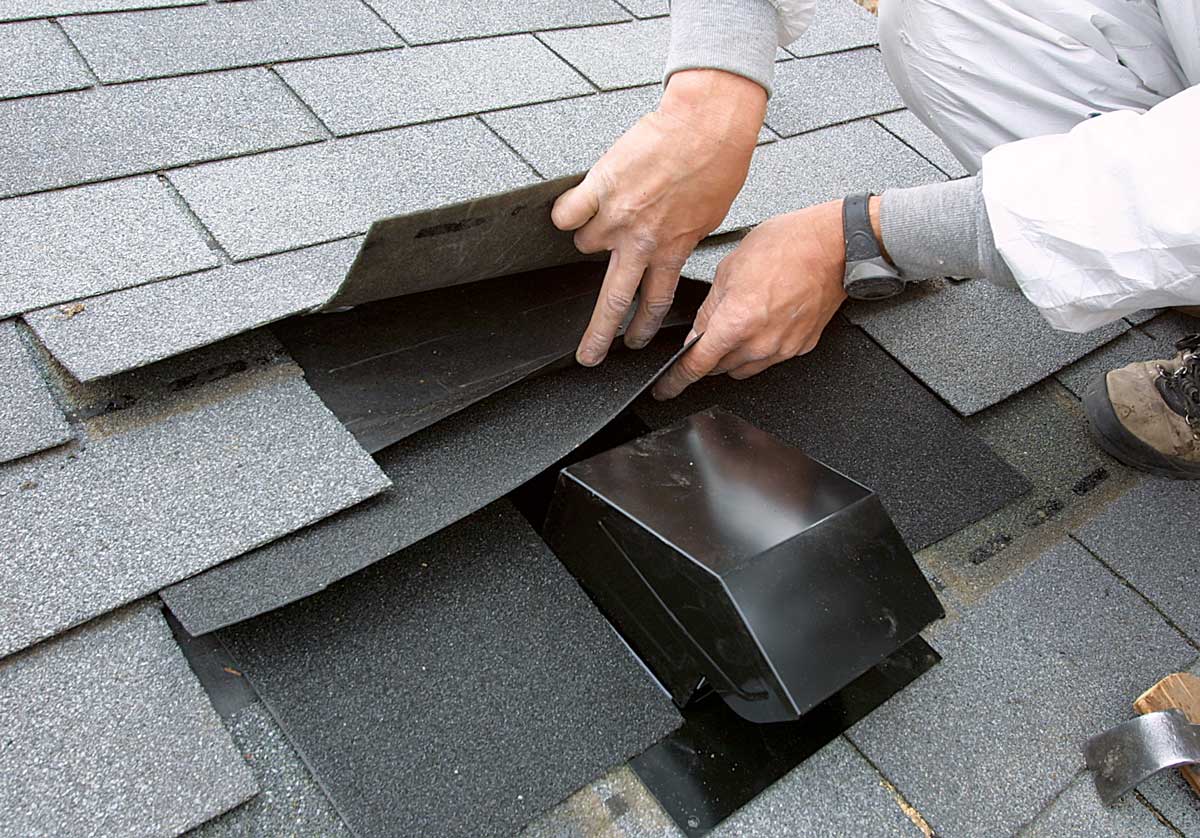
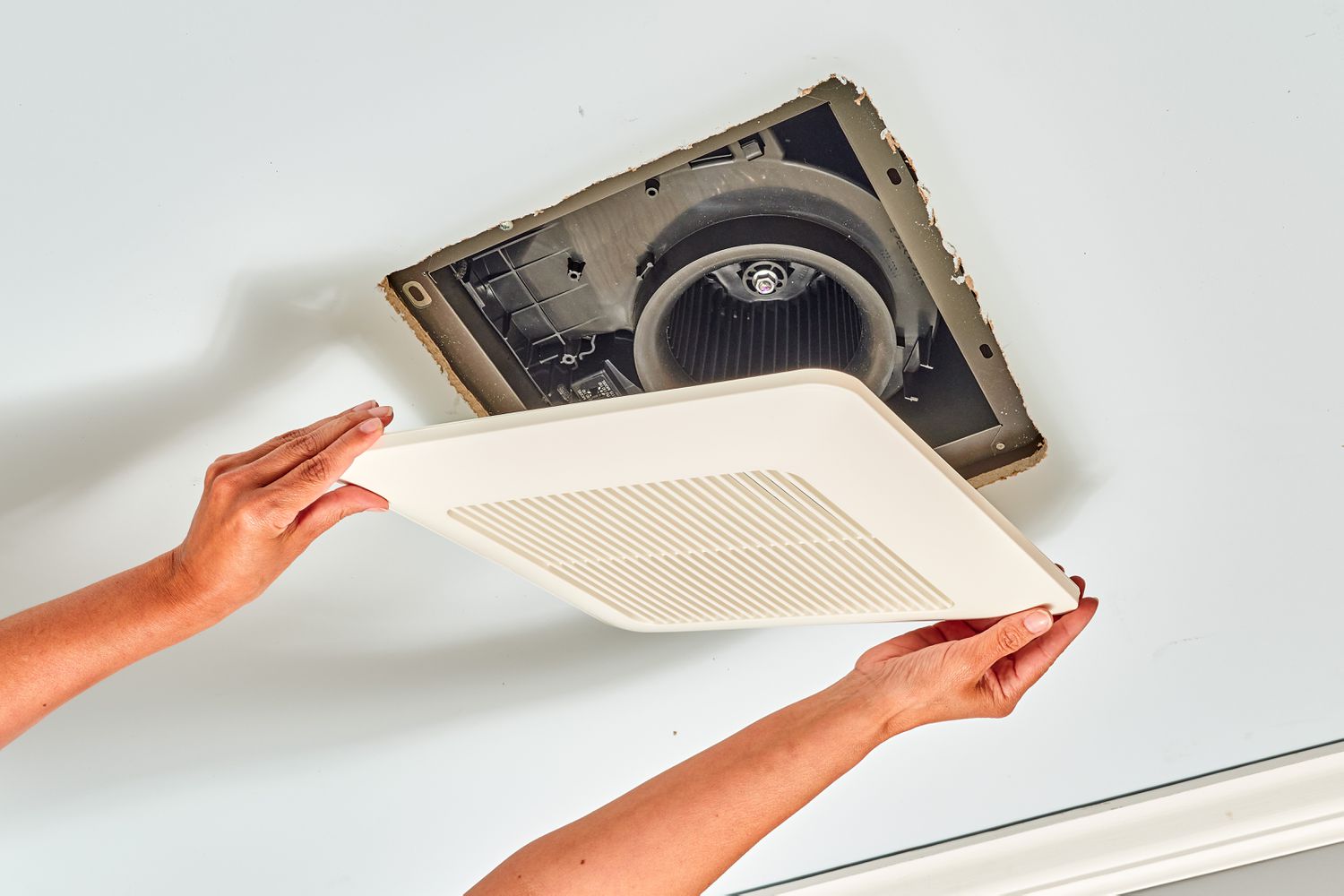
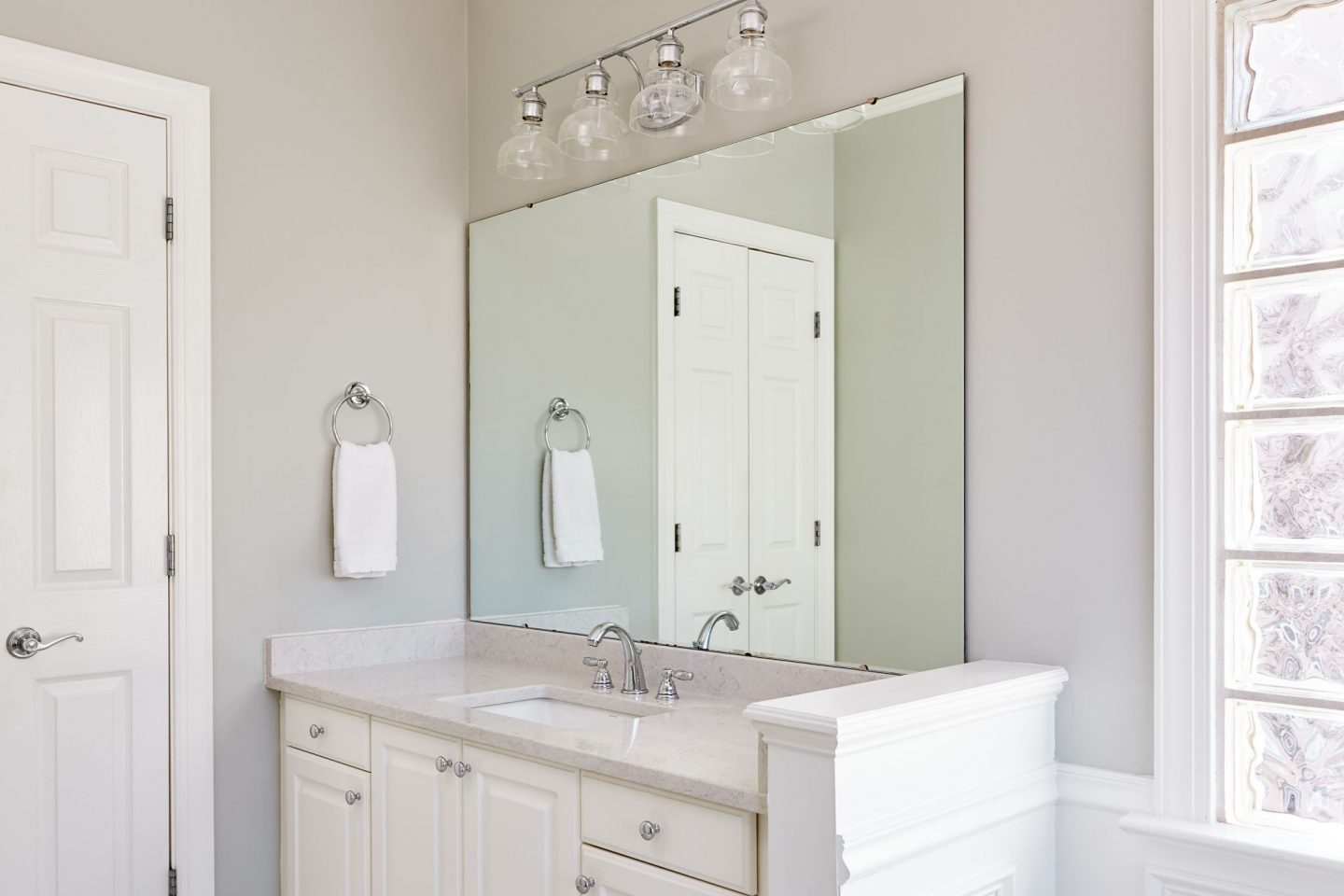
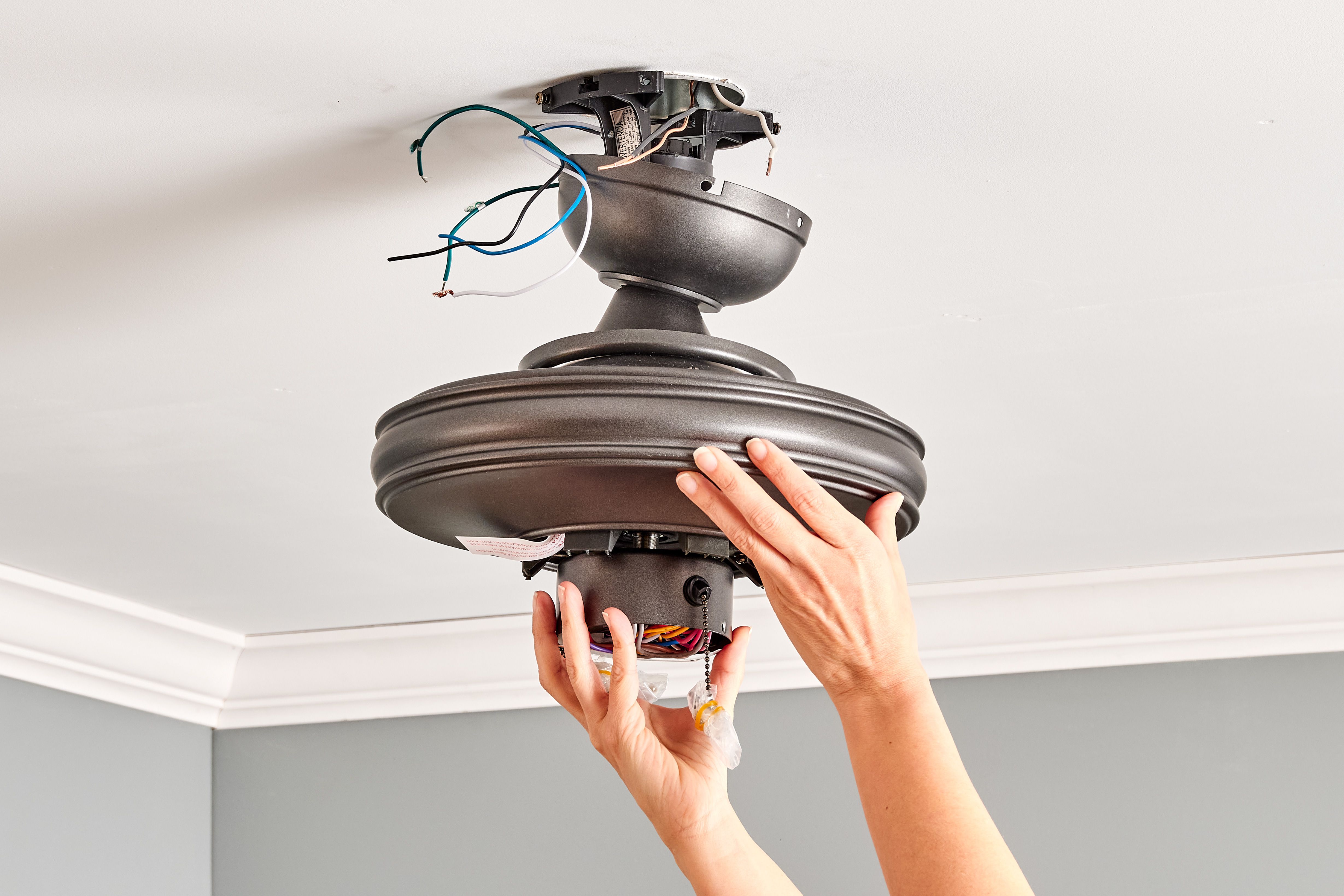
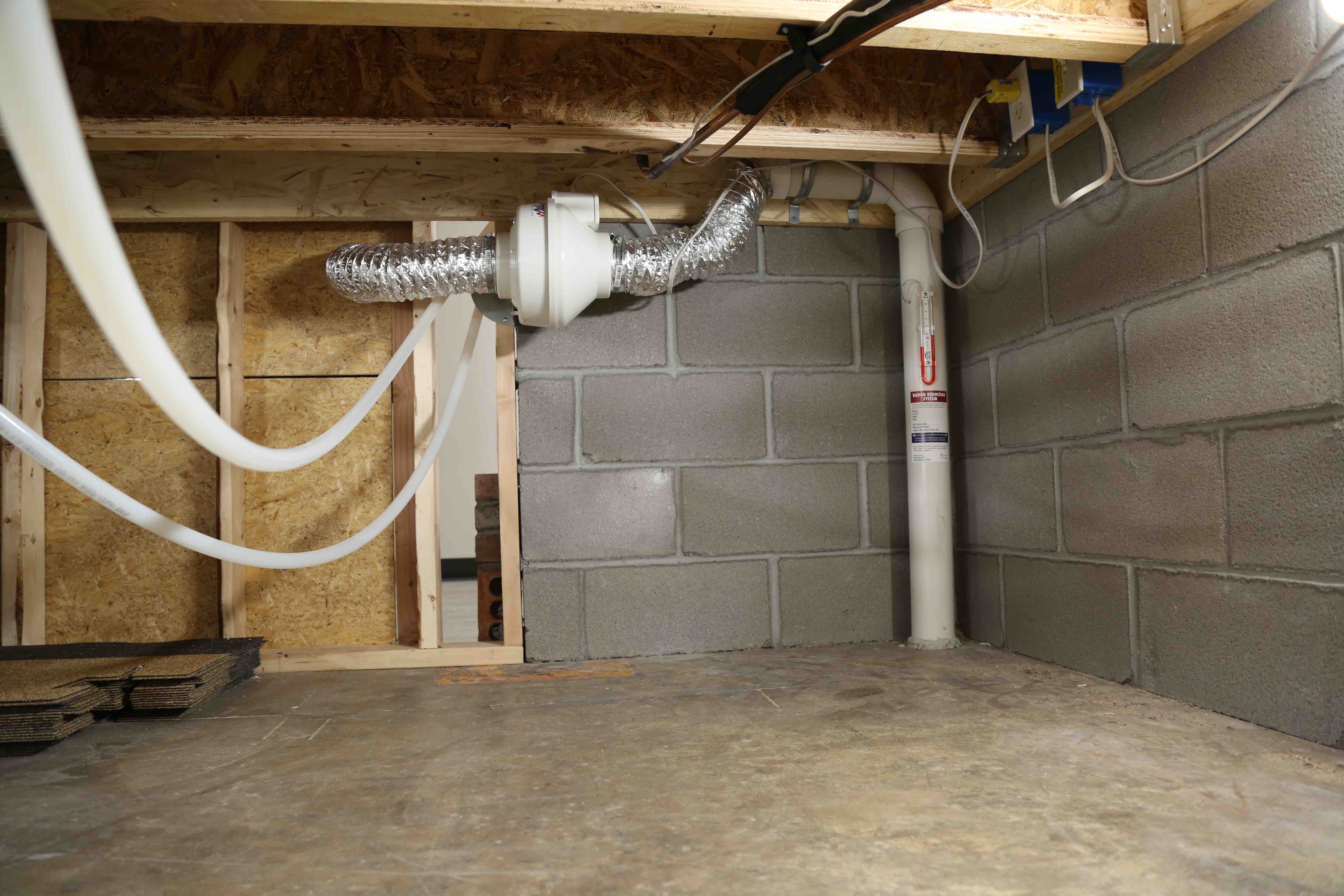
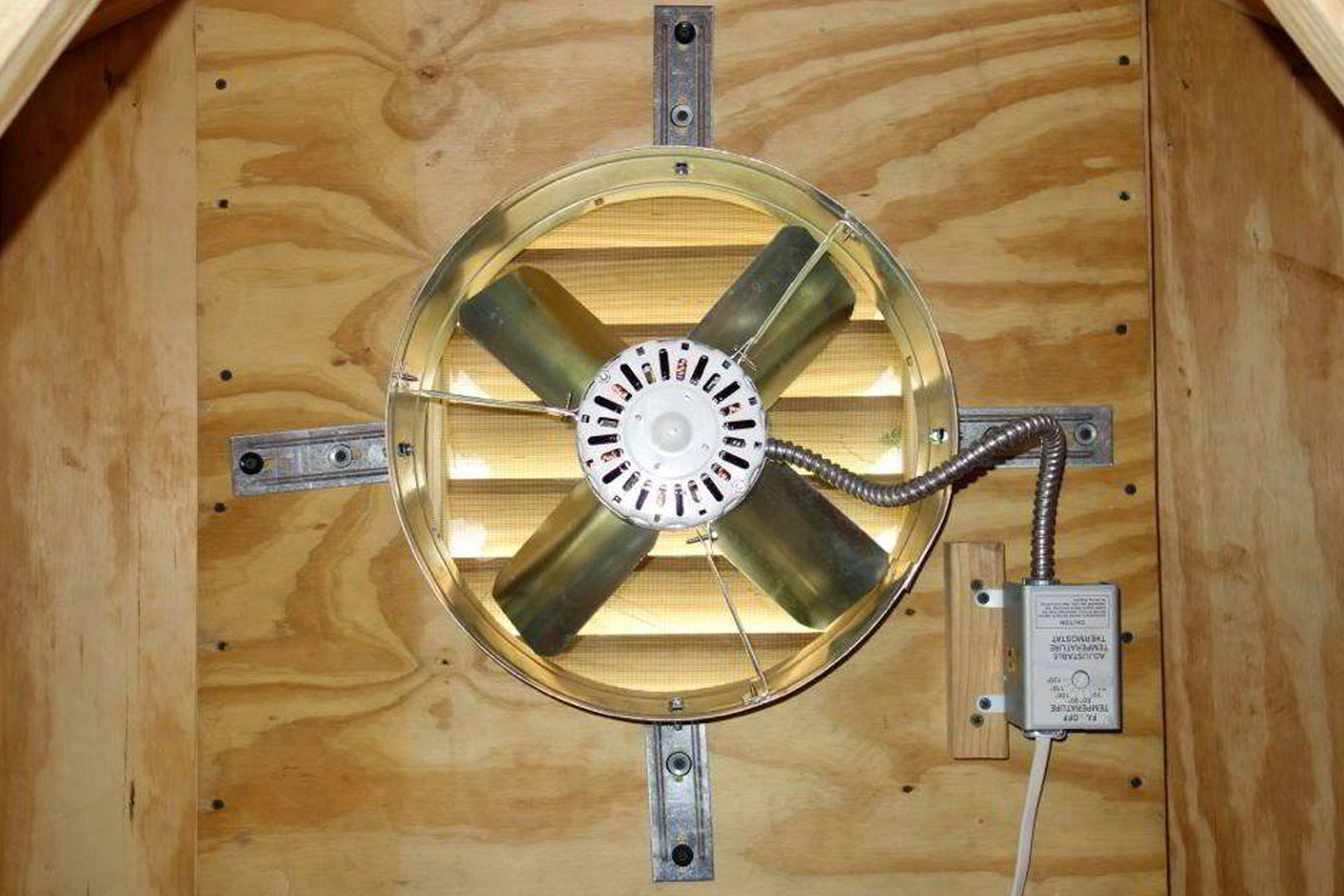
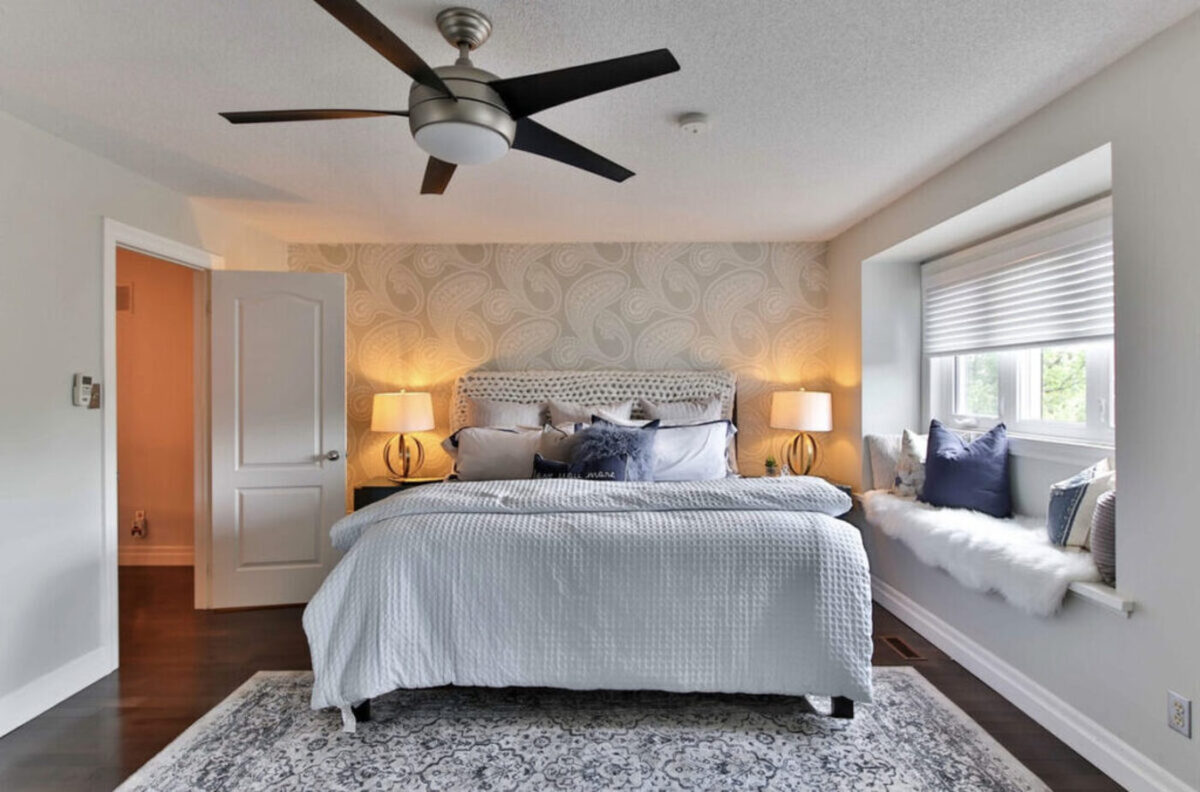

0 thoughts on “How Much To Install Bathroom Fan”